Hydro jetting is one of the widely employed methods to clean piping, tubing, and plumbing blockages using a jet of high-velocity water. So, hydro jetting is basically a maintenance and pre-commissioning activity. Even though this process can be applied in piping systems, the majority of hydro jetting services are applied in plumbing services. Before start-up, the piping systems must be cleaned thoroughly to take the first input through the pipes. Also, after prolonged working, there may be an accumulation of scaling, clogs, and various other contaminants which must be removed to get proper working and efficiency. In such scenarios, hydro jetting services prove to be very effective. In this article, we will learn about hydro jetting in detail.
What is Hydro-jetting?
Hydro jetting is a non-invasive power-washing process by which pipes are cleaned from clogs, debris buildup, grease, scales, coating material, dirt, chemical contamination, oil, marine growth, etc using a pressurized water jet. The intense force of the high-velocity pressurized water (high and ultra-high pressure) cleans the contamination effectively. The hydro jetting process can even easily clean the areas which are not easily accessible. The process is also known as high-pressure water jetting.
A hydro jet system usually consists of a pressure pump, jet nozzle, hose, wastewater handling equipment, work area enclosure, and other accessories to help in the cleaning process. The pressure for the hydro jetting process may vary from 4,000 psi to 60,000 psi depending on the application and cleaning requirement. Other parameters on which the effectiveness of the hydro jetting process depends are:
- Water Flow rate
- Water velocity through the jet
- Shape and type of jet nozzle
- Direction of flow
- Operating pressure
Types of Hydrojet Nozzles
Hydro-jetting nozzles are made of various materials and design configurations to suit a range of applications. Some of the common types of hydro-jet nozzles used in hydro jetting services are listed below:
- Flat jet nozzles, having a wide, slot-shaped hole to create a triangular, fan-shaped water jet spray pattern.
- Pointed jet nozzles, having a round hole for creating a precise and focused water jet. These types of hydro jet nozzles have a higher impact than flat nozzles.
- Rotating nozzles, having a rotating portion that has the ability to spray straight as well as to the sides.
Each of the above nozzle types has several variations to suit specific needs.
Hydrojet Nozzle Materials
The water quality and operating pressure greatly impact the working life of each nozzle. So, the selected material must be strong enough to withstand the pressure. Even though there is a range of materials that are used as Hydrojet nozzle materials, there are three materials that are most common. Those are:
- Carbide nozzles: Usually used for dirty, unfiltered water for operating pressures below 20,000 psi (140 MPa).
- Steel nozzles: Used when water passes through 25 microns or finer filters with operating pressure below 20,000 psi (140 MPa).
- Sapphire nozzles: Sapphire nozzles are suitable for very high-pressure (above 140 MPa or 20,000 psi) services.
- When a nozzle wears out, the effectiveness and quality of hydro jetting reduce.
Applications for Hydro Jetting
Hydro jetting services are used almost in every industry wherever cleaning and descaling are required. Some of the common uses of hydro-jetting for cleaning various items are listed below:
- Cleaning pipes in piping and plumbing services.
- Cleaning tanks.
- Removing blockages from filters.
- Sieve cleaning.
- Cleaning dirt and scales from heat exchanger tubes. Stubborn heat exchanger deposits can be cleaned effectively.
- Cleaning rust from various pipes and equipment components.
- Cleaning of vehicles from dirt, mud, dust, etc.
- Removal of residue from steel trays
Requirement of Hydro Jetting
The hydro-jetting services are generally employed when the main line is severely blocked by scales, mineral build-up, debris, etc. All these contaminants impact the flow through the system reducing the system’s effectiveness and efficiency. In such a scenario, hydro jetting service is employed to restore the system efficiency back. The high-pressure water pumping into the system clears the pipes which restores the effectiveness.
Prior to using the hydro jetting process, the system must be inspected thoroughly. Depending on the cleaning requirements the hydro jetting service usually lasts from 30 mins to 90 mins.
Advantages of Hydro-Jetting
The hydro jetting process as a cleaning service provides a lot of advantages as listed below:
- Highly effective process.
- The process is eco-friendly.
- The hydro-jetting process is applicable for domestic as well as commercial purposes.
- No chemical is used.
- A safe process with very little risk.
- Non-invasive procedure.
- Subsequent further cleaning is usually not required.
- Reliable cleaning also in difficult-to-access areas.
Cost of Hydro-Jetting
The cost of hydro-jetting services varies from region to region. For hydro-jetting of domestic plumbing systems, the cost varies from $300 to $800. For industrial cleaning of complex piping and equipment, the cost is usually more and can range up to $2000 depending on the exact cleaning requirements.


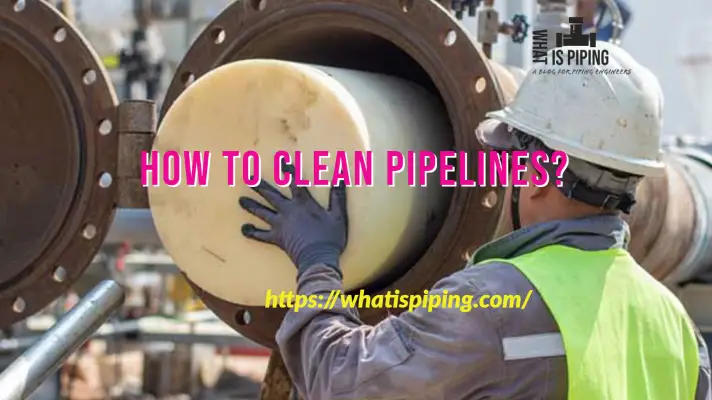


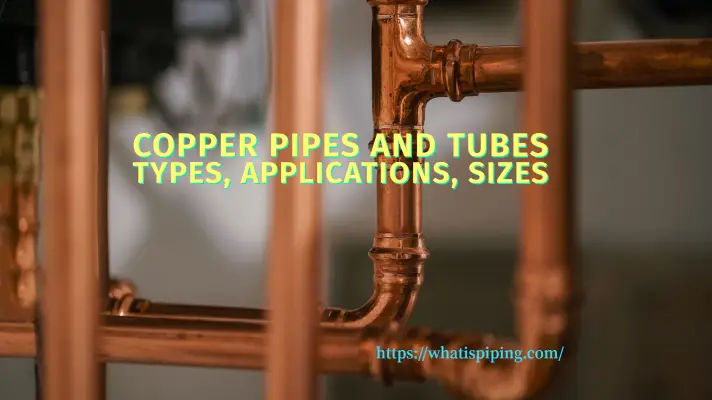
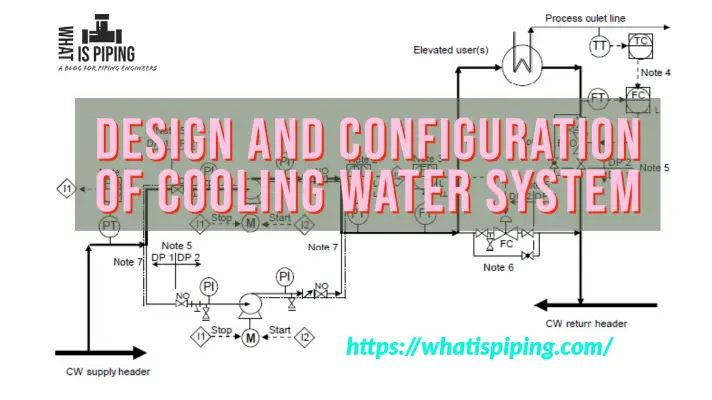
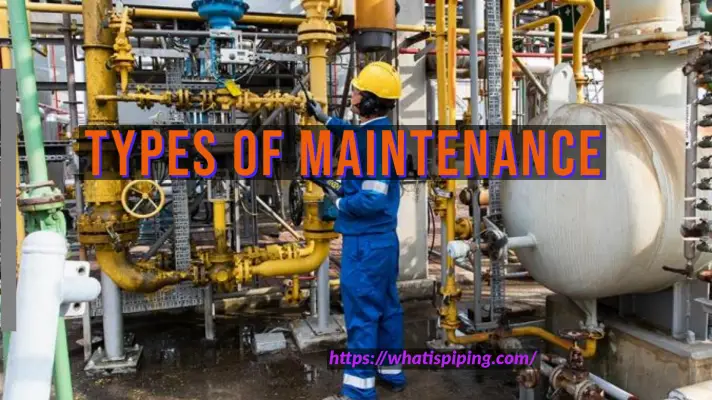
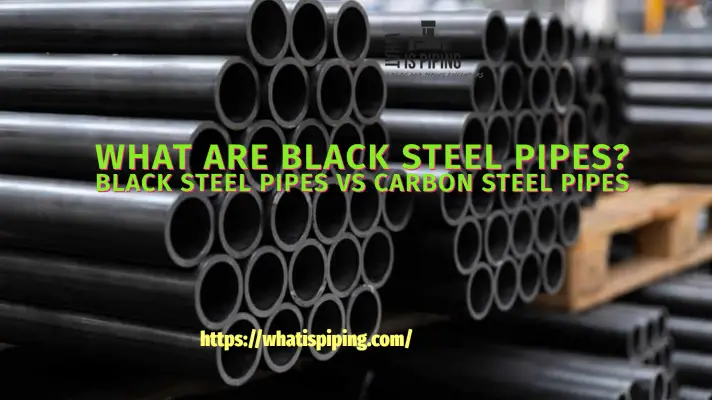
Nice blog! I have few questions: For a DN600 D.I. pipe, used in gravity water distribution line, what is the maximum pipeline segment length where hydro-jetting is still effective? How will the jetting nozzle be introduced into the segment to be cleaned?
what safety documents would you need to operate this machine of above 20000 Psi